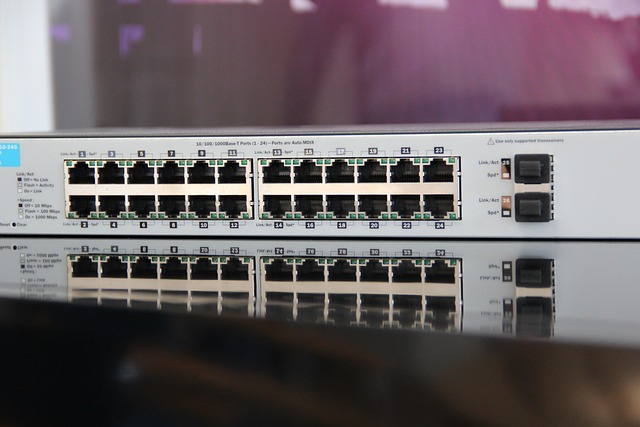Are you puzzled about the differences between a network switch and a router? These two devices play key roles in the world of computer networking, but they have distinct functionalities and applications. Understanding their differences can help you make informed decisions when setting up your network infrastructure. In this blog post, we will explore the basics of a switch and a router, and highlight the key differences between them.
What is a Switch?
A switch is a networking device that operates at the data link layer (Layer 2) of the OSI (Open Systems Interconnection) model. It is used to connect multiple devices, such as computers, printers, and servers, within a local area network (LAN). Switches use MAC (Media Access Control) addresses to forward data packets between devices on the same network. When a data packet arrives at a switch, it examines the MAC address of the packet and forwards it only to the appropriate device based on its MAC address, resulting in efficient and fast data transfer within a LAN.
What is a Router?
A router, on the other hand, is a networking device that operates at the network layer (Layer 3) of the OSI model. It is used to connect multiple networks, such as LANs or wide area networks (WANs), and directs data packets between them. Routers use IP (Internet Protocol) addresses to route data packets based on the destination IP address. They also maintain routing tables to determine the best path for data packets to reach their destination, making them capable of making intelligent decisions about the most efficient route for data transfer across different networks.
Router vs Switch
While switches and routers may seem similar, they have distinct differences in terms of their functions and applications.
- Function: A switch operates at the data link layer and is responsible for connecting devices within a LAN, while a router operates at the network layer and is responsible for connecting multiple networks and directing data packets between them.
- Addressing: A switch uses MAC addresses to forward data packets within a LAN, while a router uses IP addresses to route data packets between different networks.
- Intelligence: Switches are less intelligent compared to routers. They do not perform any routing or decision-making functions and rely solely on MAC addresses for forwarding data packets. Routers, on the other hand, are more intelligent and make decisions based on destination IP addresses, allowing them to choose the most efficient path for data transfer across different networks.
- Scalability: Routers are designed for larger networks and can handle complex routing tasks, making them suitable for connecting multiple LANs or WANs. Switches, on the other hand, are typically used within a single LAN.
- Network Segmentation: Switches are used for creating network segments within a LAN, which can help improve network performance and security. Routers are used for connecting different networks, such as LANs, WANs, or the Internet, and provide network segmentation at a larger scale.
10G Network Switch vs 1G Network Switch
Network switches come at different speeds, commonly referred to as “Gigabit” or “10 Gigabit” switches. The speed of a switch determines how much data it can transfer per second. A 1G network switch can transfer data at a rate of 1 Gigabit per second (Gbps), while a 10G sfp+ network switch can transfer data at a rate of 10 Gigabits per second (10 Gbps), which is ten times faster than a 1G switch. 10G network switches are typically used in high-performance networks where large amounts of data need to be transferred quickly, such as data centers or enterprise networks, while 1G network switches are suitable for smaller networks with less demanding data transfer requirements.
In conclusion, switches and routers are essential networking devices that serve different functions in computer networks.








Leave a Comment
You must be logged in to post a comment.